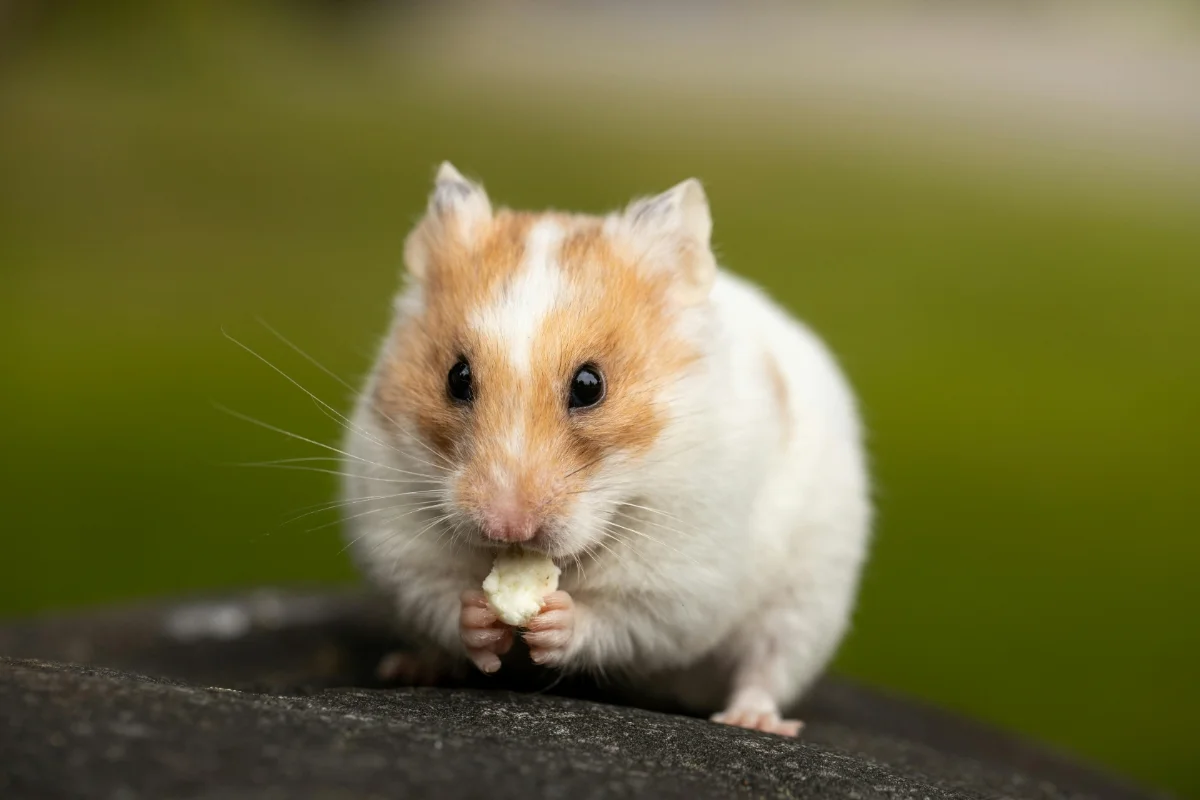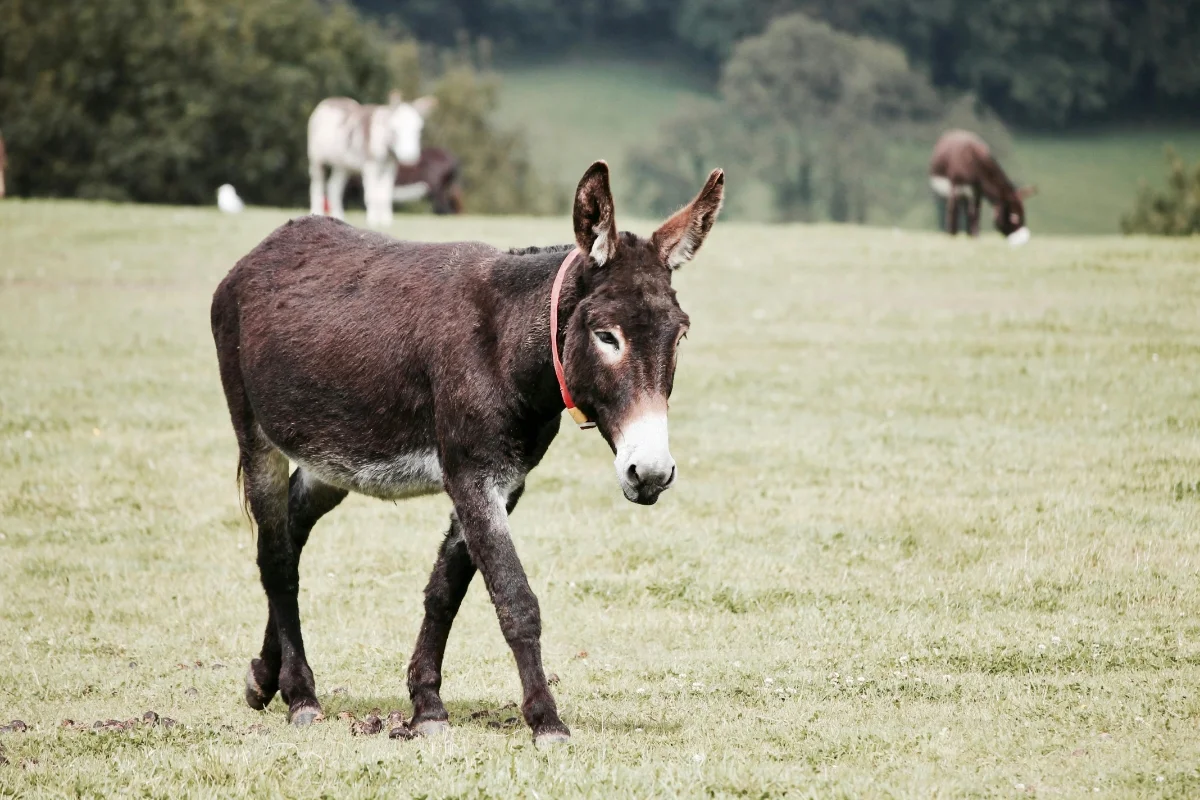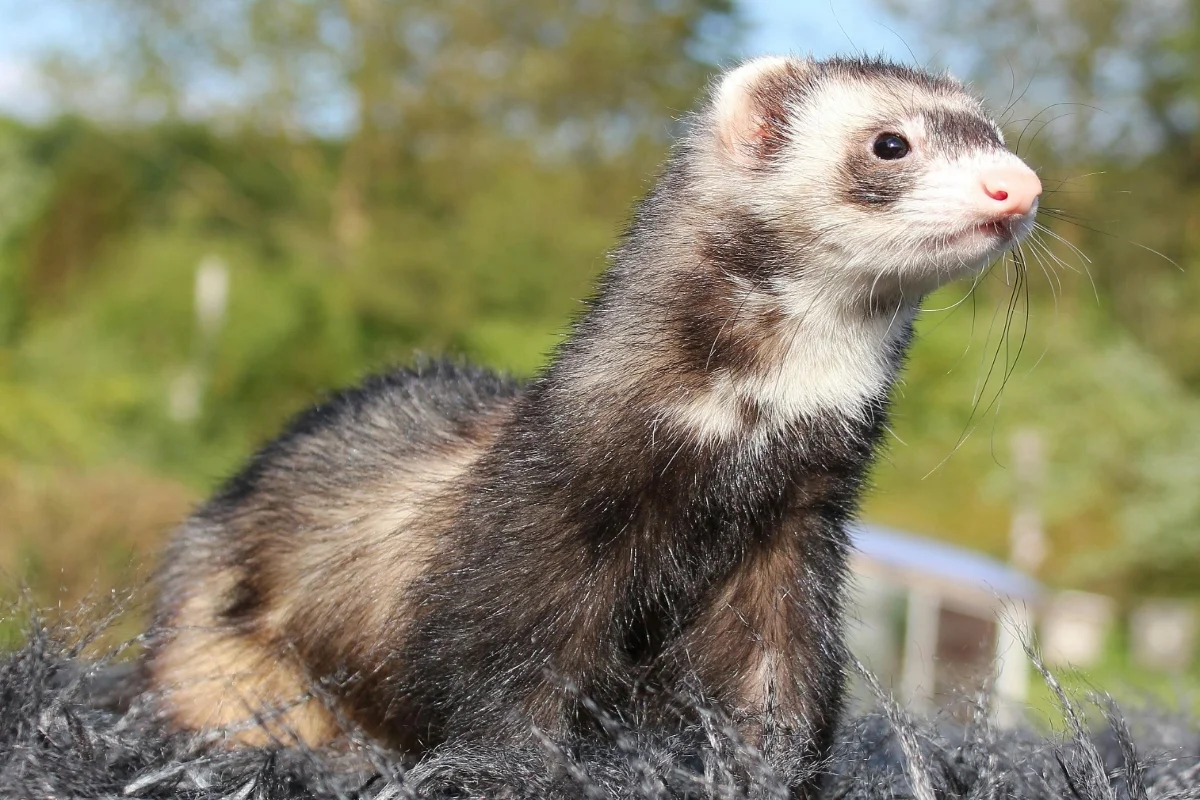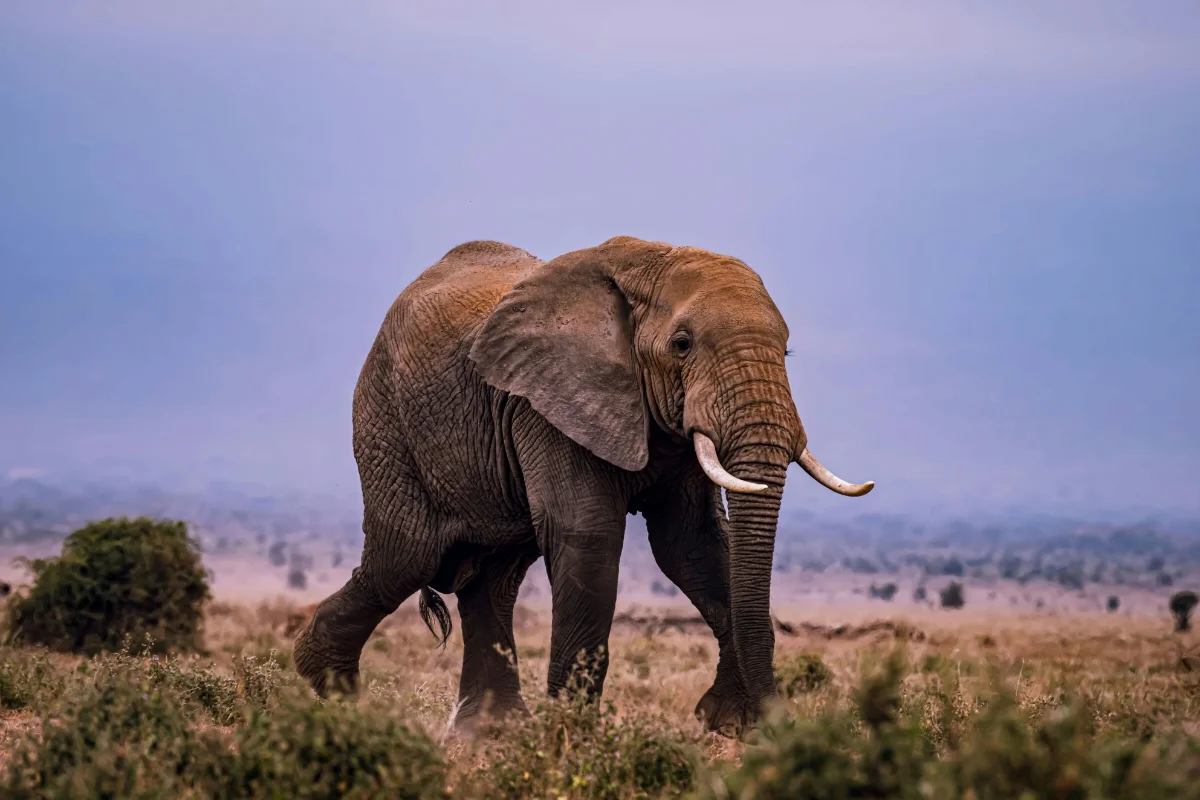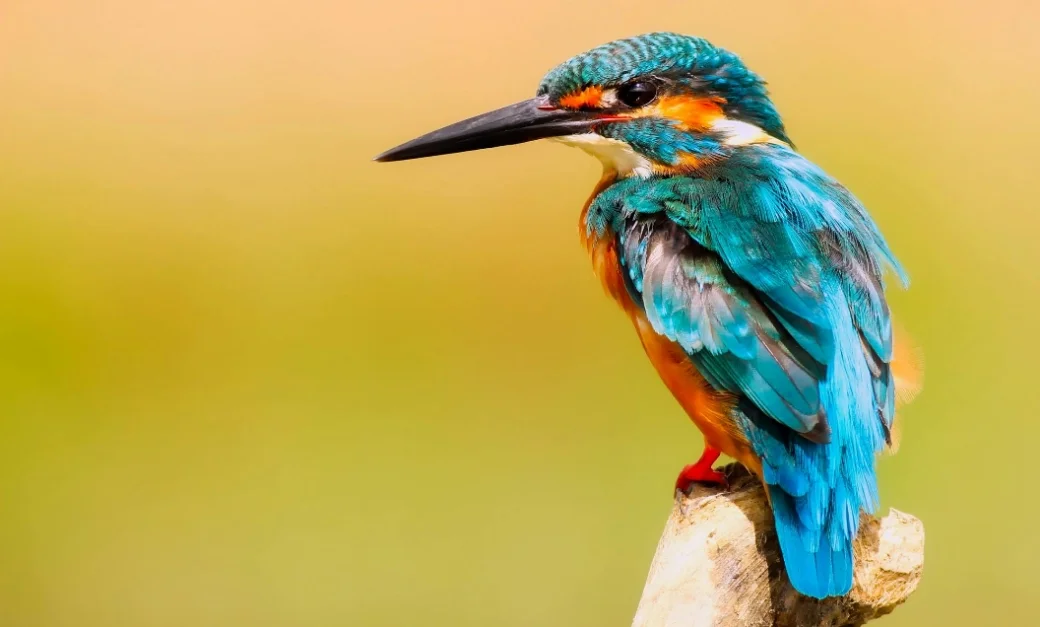Whale
Whales are large marine mammals known for their intelligence, complex social structures, and impressive vocalizations. They belong to the cetacean family, which…
Whales are large marine mammals known for their intelligence, complex social structures, and impressive vocalizations. They belong to the cetacean family, which includes dolphins and porpoises. Whales are found in oceans worldwide, playing crucial roles in marine ecosystems. They vary greatly in size, from small species to massive blue whales.
Whale Facts Overview
| Height: | ~4-5m |
| Length: | 25-30m |
| Weight: | 100-200 tons |
| Top Speed: | 20-30 km/h |
| Food: | Krill |
| Color: | Blue-gray |
| Location: | All oceans |
| Predators: | Orcas (calves) |
| Lifespan: | 70-90 years |
| Habitat: | Deep ocean |
| Gestation: | 10-12 months |
Description
Whales vary in size, from the small dwarf sperm whale (2.7 meters) to the massive blue whale (30 meters). They have streamlined bodies, flippers, and horizontal tails. Whales are divided into two main groups: baleen whales, which filter-feed on small marine life, and toothed whales, which hunt prey using echolocation.
Life Cycle
Whales have long lifespans, with some species living over a century. They give birth to live young, usually one calf at a time, after long gestation periods. Calves depend on their mothers for milk and protection. As they mature, whales undergo migrations, social development, and eventually reach reproductive age to continue their species.
Characteristics
Whales are warm-blooded, air-breathing mammals with lungs. They contain a thick layer of blubber for insulation. Their intelligence is evident in problem-solving, communication, and social bonding. Some species, like humpbacks, exhibit complex behaviors such as breaching and bubble-net feeding, while orcas display cooperative hunting strategies and strong family connections.
Care
Whales in the wild rely on healthy ecosystems, free from pollution and human interference. Conservation efforts include protecting habitats, reducing ship strikes, and limiting noise pollution. In captivity, care is highly controversial, as whales require vast, open spaces. Sanctuaries provide more ethical alternatives for stranded or injured individuals.
Lifespan
Whale lifespans vary by species. The bowhead whale is the longest-living, reaching over 200 years. Sperm whales live about 70 years, while orcas can exceed 90 years in the wild. Factors like genetics, environment, human impact, and predators influence their longevity, with pollution and climate change posing serious threats.
Predators
Whales have few natural predators. Orcas, or killer whales, are known to hunt smaller whales, seals, and dolphins. Large sharks may attack whale calves. However, humans pose the greatest threat through whaling, pollution, entanglement in fishing gear, and habitat destruction, significantly impacting whale populations worldwide.
Habitat
Whales inhabit all oceans, from polar regions to tropical waters. Baleen whales migrate long distances between feeding and breeding grounds, while toothed whales often stay within specific ranges. Deep-sea species, like sperm whales, dive to extreme depths, while coastal species, like belugas, thrive in shallower, colder waters.
Distribution
Whale species are distributed across global oceans. Some, like the blue whale, are found in nearly all seas. Others, such as the narwhal, are restricted to Arctic waters. Migration patterns vary, with humpbacks traveling thousands of miles seasonally, while resident orcas remain in specific coastal regions year-round.
Diet
Baleen whales consume krill, plankton, and small fish by filter-feeding. Toothed whales, including dolphins and sperm whales, hunt squid, fish, and marine mammals. Some, like orcas, have specialized diets based on region. Whale feeding techniques include bubble-net feeding, deep diving, and cooperative hunting strategies among pods.
Behavior
Whales exhibit diverse behaviors, including breaching, spy-hopping, and lobtailing. They are highly social, forming pods for hunting and protection. Some species communicate through complex vocalizations. Migration is common, with many traveling vast distances for feeding and breeding. Playful behaviors, like surfing waves, are observed in some species.
Reproduction
Whales reproduce sexually, with long gestation periods ranging from 10 to 16 months. Calves are born live and nurse for months to years, depending on the species. Mating rituals vary, with males competing for females. Strong maternal bonds exist, ensuring calves learn survival skills before becoming independent.
Whale Scientific Classification
| Kingdom: | Animalia |
| Phylum: | Chordata |
| Class: | Mammalia |
| Order: | Cetacea |
Animals for You
References
1. Whale Wikipedia Article – https://en.wikipedia.org/wiki/Whale


